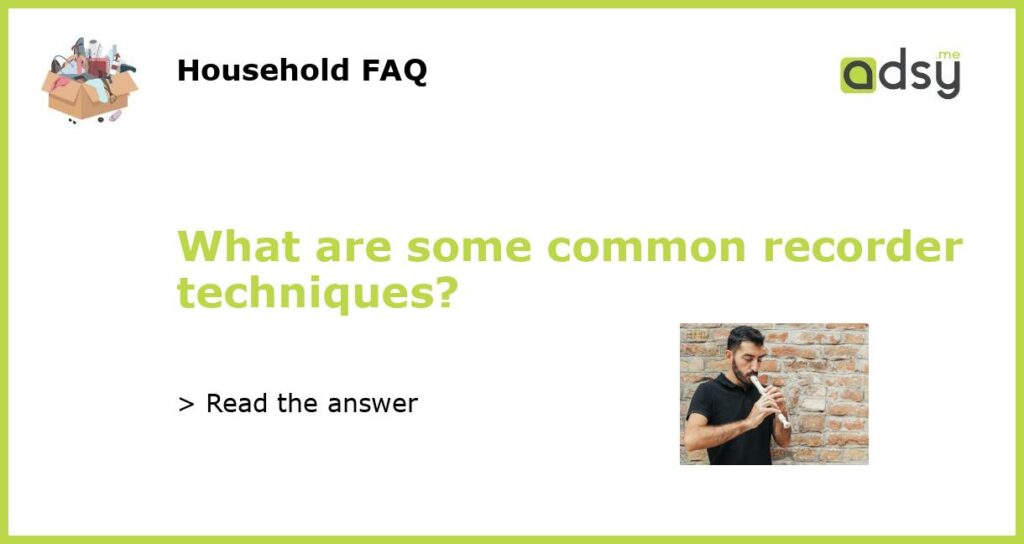Breath Control
One of the most important techniques to master when playing the recorder is breath control. It is important to have a steady stream of air flowing through the instrument in order to produce a clear and consistent tone. To achieve this, it is essential to maintain a proper breathing technique. Take deep breaths from the diaphragm and blow into the instrument with a controlled and steady flow of air. Avoid blowing too hard or too softly, as this can result in an uneven tone or difficulty producing sounds.
Finger Placement
Another crucial technique for playing the recorder is proper finger placement. This involves correctly positioning your fingers on the instrument’s holes to produce specific notes. Each hole on the recorder corresponds to a specific pitch, and it is essential to cover or partially cover the holes to produce the desired sound. Practice placing your fingers on the correct holes and ensuring they are well-sealed to prevent air leakage. This will allow for clear and accurate notes to be played.
Articulation
Articulation refers to the way in which notes are separated or connected when playing the recorder. It is important to develop a good articulation technique to produce clean and precise musical phrases. This can be achieved through various techniques such as tonguing, where the tip of the tongue is used to briefly interrupt the airflow, or using the legato technique to smoothly connect notes. Experiment with different articulation techniques to add expression and dynamics to your playing.
Posture and Hand Position
Having the correct posture and hand position when playing the recorder is essential for comfort and control. Sit or stand up straight, with your feet flat on the floor and your back supported. Holding the recorder too tightly can restrict your finger movement, so aim for a relaxed grip. Place your left hand on the top of the instrument and your right hand on the bottom, with your fingers curved lightly over the holes. This positioning will allow for greater agility and ease of movement while playing.
Tonguing Techniques
Tonguing is an important technique for producing different articulations and accents when playing the recorder. There are various tonguing techniques to explore, such as single tonguing, where the tip of the tongue is used to interrupt the airflow briefly to produce a separation between notes. Another technique is double tonguing, which involves using both the front and back of the tongue to articulate faster passages. Experiment with different tonguing techniques to add variety and musicality to your playing.






